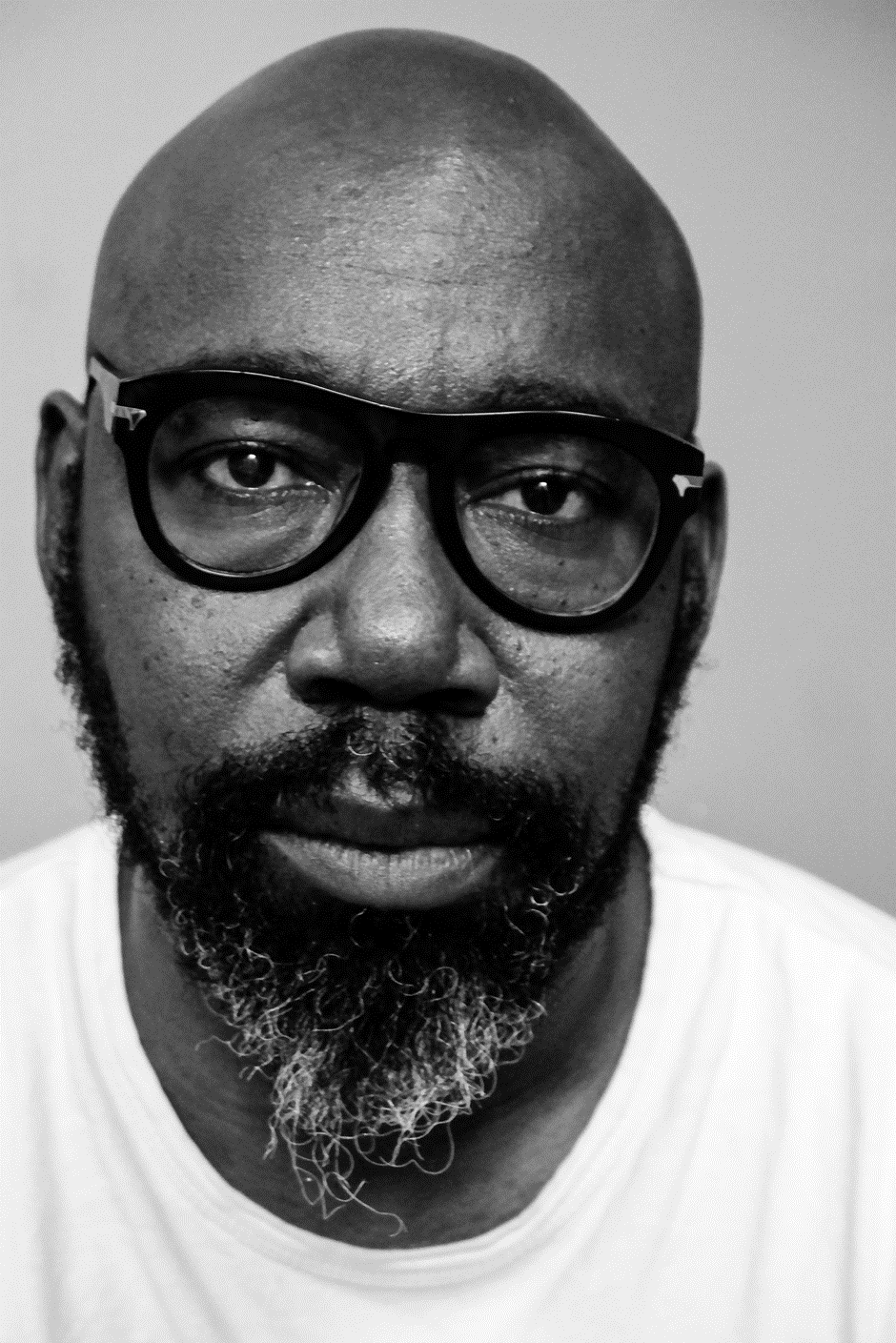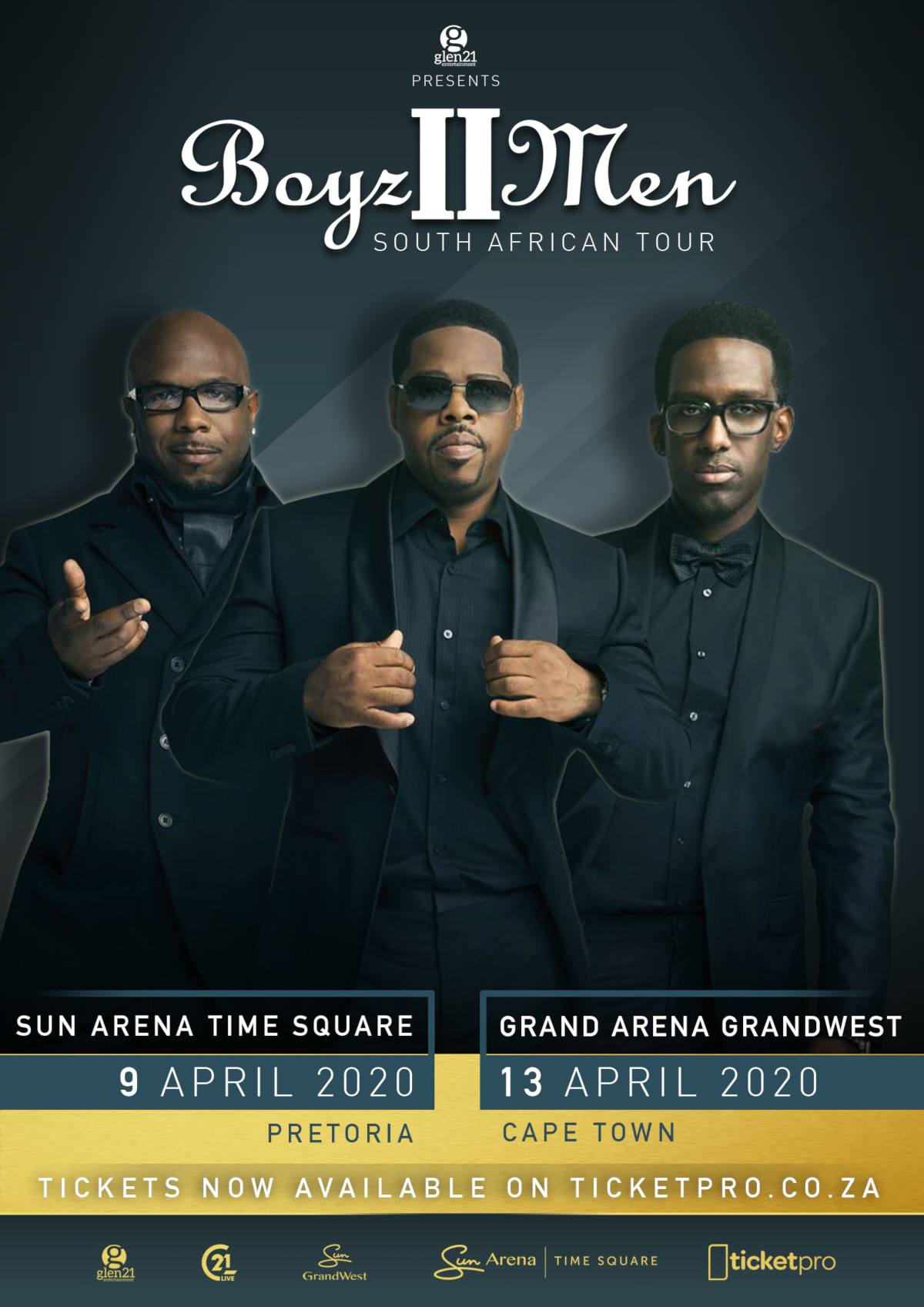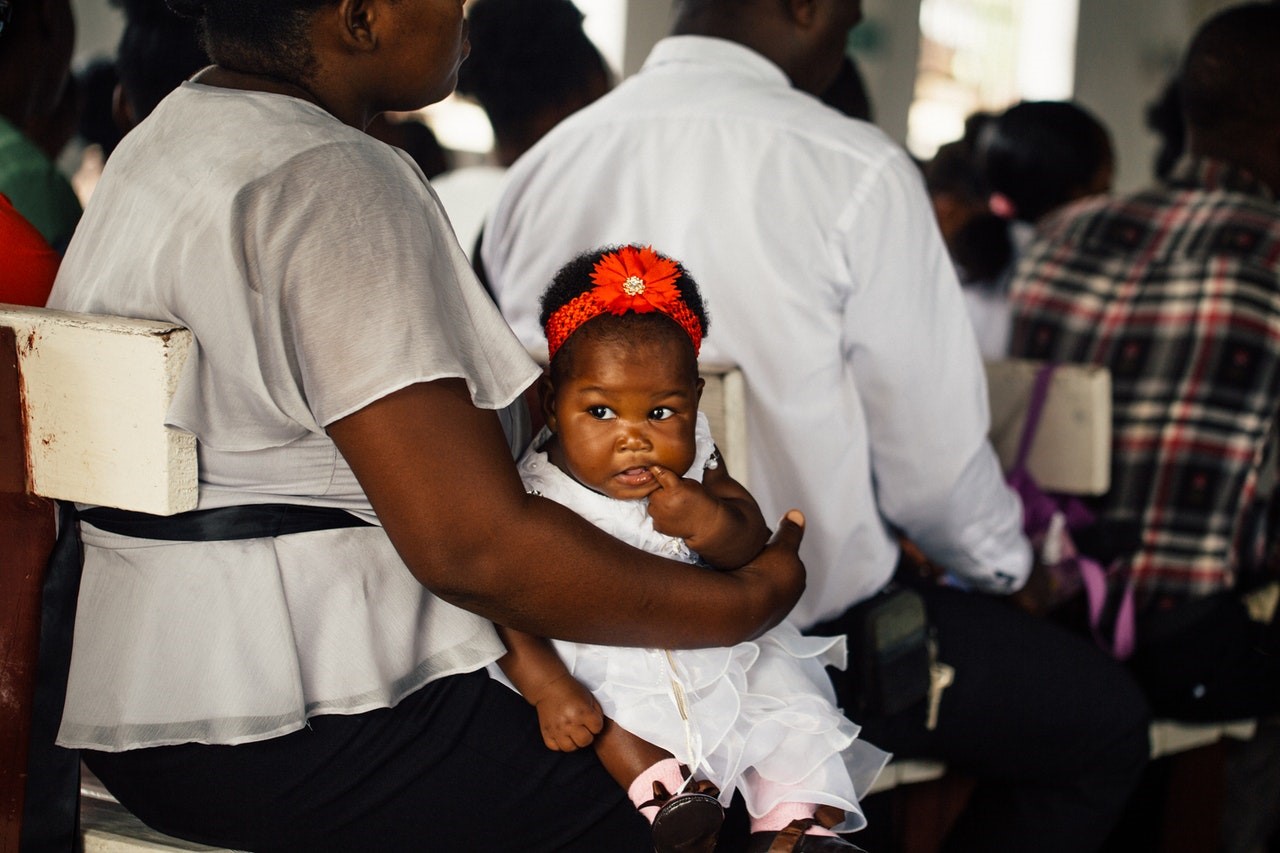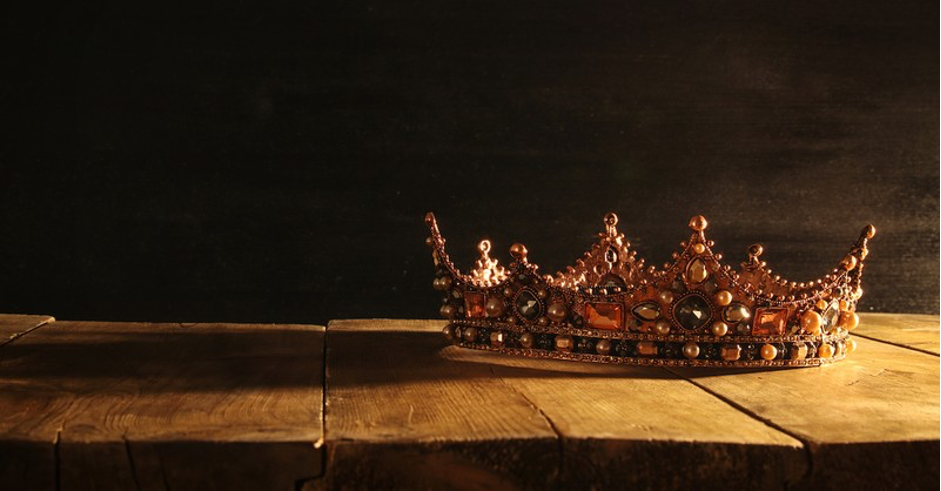It has been a while since one sat down to write about the state of the arts in the country. But with the impact that COVID -19 has had on the arts business world-wide, and the devastation it has exposed South African artists to, it becomes only fitting that one provides a perspective — to speak to this without putting the focus on the pandemic that is Covid, but to speak of the systematic pandemic of exclusions, money squandering, systematic exclusions, guaranteed beneficiation and a lack of policy consideration.
Over the past eight years I have found myself increasingly despondent, to even think there is a future for emerging Black theatre artists and arts businesses. This is because, while we have seen a huge development of many young artists, arts businesses and art entrepreneurs, we have equally seen the death and closing of many independent theatre spaces and companies; and a constant threat of survival for legendary Black institutions, that are just scraping by.
While this has been one side of the coin, the other side is seemingly doing just fine. Since the dawn of democracy, the Department of Arts and Culture has been channelling millions of rands in funding to cultural institutions, as prescribed by the cultural institutions act of 1996.
The act is aimed “To provide for the payment of subsidies to certain cultural institutions; to provide for the establishment of certain institutions as declared cultural institutions under the control of councils; to establish a National Museums Division; and to provide for matters connected therewith”. Now, I think we all can agree that we want this. In fact, as a developing nation, we agree that without this guarantee from the Act, our arts would simply be in danger of failing to generate any kind of sustainability for all involved.
Post-94, the department inherited the apartheid government state-sponsored companies like CAPAB, NAPAC, PACOFS, and added the Market Theatre and the Windybrow Centre onto that list. While adopting their predecessor’s methods, the new government chose to actively ignore everything in the Eastern and Northern Capes, Mpumalanga, Limpopo — and even succeeded in suffocating everything Lucas Mangope and his Bantustan Bophuthatswana government had achieved, in the present-day North West Province.
These unfortunate decisions have seen an incredible migration of artists — from these ANC-forsaken provinces to Gauteng and the Western Cape, mainly — to try and access the limited resources made available by government to develop the arts in the country.
The above scenario has however created a non-controlled faux industry that belongs to a few, and ensures that any emerging Black artist is always at a disadvantage — even with all these Black artistic directors, CEO’s and producers. Over the last five months this scenario has worsened due to the emergence and spread of COVID-19, which has found the government not only unprepared to deal with the effects of a global pandemic, but demonstrably unable to cope with a population high on poverty and extremely dependent on social grants. While some artists had managed to insulate themselves from the picture of poverty, with their instagram’able photos, there was simply nowhere to hide when COVID hit… The images, like the reality, became too bleak to filter.
About ten or so years ago, a new energy had begun to emerge — many young, Black, independent theatre makers found new ways and a new voice to collaborate, creating spaces to create work. This was theatre without the reliance of the mainstream and state-funded institutions, and these initiatives gave new hope and energy to independent and migrant artists. The country was seeing an energy akin to what once created iconic theatre companies like the Serpent Players, Workshop 71, Committed Artists, Soyikwa, FUBA, and New Afrika Theatre. Now however, ironically, the challenge was a thousand times harder — these companies weren’t facing censorship, apartheid or the National Party.
These new companies and artists were facing a broad-based sector complex, at the centre of which is an indifferent government that pumps money into but doesn’t value the arts, so it didn’t care to check where the money went or what it achieved. Spaces that had given hope to artists, like The Catalina in Durban, Plat4rm in Johannesburg, Olive Tree in Alex, Makukhanye Art Room in Delft, died a natural death because, without a centred funding system to sustain them, they had no chance of surviving the challenges that came with democracy.
Even before the pandemic, it was/is becoming increasingly frustrating for artists to access government help and secure funding to sustain their projects and spaces., The funded cultural institutions remain reluctant to sharing the hundreds of millions government sends to them on our behalf. The disastrous Disaster Relief Package plan announce by the minister responsible for the arts, at the beginning of the current lockdown, is just but a tip of the iceberg, as to how much government doesn’t have a clue about what is going on in the sector.
The marked difference between the two scenarios is that, while everyone who works at a cultural institution, from administrators to, accountants, publicists, cleaners (and clearly not artists) is guaranteed a salary, with benefits, from money earmarked for artists — the same cannot be said about spaces opened and administered, accounted for, secured, maintained and even cleaned by artists.
So who’s really benefiting from the arts budget administered by the Department of Sports, Recreation, Arts and Culture (DSRAC)? (I’ve always wondered how chronologically someone decided to put S&R before A&C because it simply doesn’t make chronological sense… a Freudian slip, perhaps). In his 2019 budget speech, the Minister of Finance Tito Mboweni had glowingly concluded his speech by announcing a R348 Million budget for the DSARC, including R75 Million for a “New National Theatre” — this on top of the six comatose ones… A whole R75 million (and with COVID corruption we can easily conclude we won’t see this ever). Now you have to worry about this, because if there was one thing that showed how the government is out of touch with what’s happening in the theatre sector, this was it.
And this isn’t only worrying but puzzling too! Does the Minister of Finance ever speak to the Minister of the DSRAC? Did they know that Catalina, Platform, and the Olive Tree theatres, to name but a few, had closed down because artists couldn’t afford to pay rent? Did they even consider how much that R75 Million could help, to sustain and solidify all these artists-initiated spaces?
The common treatment and response to such questions, for the last 26 years has been; “But you are not united as artists” — and each time this line is used I sit and wonder if the department doesn’t have people on the ground, that infiltrate spaces that artists frequent — where artists are united in one voice about the state of their desperation in this business? Why are they never at Old 65 in Makana, Tagores in Cape Town, Nikis Oasis in Newtown, Bat Centre in Durban, ko’Sechaba In Bloemfontein, or many other such places across the country — where artists congregate, get drunk and speak their truth without fear of being excluded and/or victimised? For many years now we have stood by and allowed government to govern our lives, make determinations… We have allowed ourselves to go to pseudo-problem solving conferences and meetings called by the different ministers, have allowed ourselves to be elected to dysfunctional bodies with no merit or mandate — but the time has come to ask the hard questions.
We simply have to ask tough questions that might just alienate us from our friends, questions that might be answered with scorn. Someone like me, a former beneficiary of this system is now speaking out against it, but the truth is, without an amendment or rewrite to this act, nothing is going to change. Of course, it could be both systematic and political planning, that the Cultural Institutions Act simply can’t be rewritten to speak the language of today’s cultural needs and attitudes. That it can’t be framed to confront challenges and curb exclusionary patterns that have developed from the initial document? That it can’t accommodate fundamental questions and challenges faced by today’s artists?
A document that can speak to and answer tough questions is sorely needed.
Is there still need for Cultural Institutions, given that they have become so divisive in their nature and have little to do with sector development, industry building and sustainability; while they take a huge chunk of the allocated funding for this?
Can this document speak to an advancement of the arts business and create a sustainable industry, underpinned by a recognition of artists as workers providing a service and contributing to the GDP of the country?
Can it be set in alignment with the DTI, to encourage an industry ombudsman, to allow for collective bargaining, thus allowing the sector to be industrialised?
These are just but a few questions that begin to frame a conversation that intends to move us forward. Throwing money at the problem isn’t enough anymore, because there have been so many investigations, especially in the theatre space, that included, racism, financial mismanagement, sexual harassment. Hell, we’ve even had forensic ones in recent times, but nothing is changing for the artists.
Money spent has been measured on whether the cultural institutions and funding bodies can get clean audits across the sector, but the one thing that isn’t being audited is the impact this money has on South African artists. And even with this exclusion, most of these bodies still don’t get the said clean audits. So why is the minister and his department satisfied that the numbers that come from institutions are true, without stakeholders (our) input? Why is he this happy at the gross box-ticking exercises that the Cultural Institutions engage in? Why is there no statutory body that governs these numbers? These development programs? These new plays that institutions claim they are putting out, to determine the full value of the guaranteed grants?
We need to go back to basics and ask: At what cost does guaranteed government funding for cultural institutions hinder the development of the arts? Further to that, when will the DSRAC not treat Arts and Culture as the tail end of the acronym.
moneyweb.co.za says that; “Estimates show the GDP contribution of the cultural and creative industries was just over R62 billion or 1.7% of the total GDP in 2017. A 2018 South African Cultural Observatory mapping study shows the greater cultural economy employs 6.94% of the national workforce. It generates one million jobs.” So how come do the artists not reap the benefits of these numbers?
Finally, as a past and recent beneficiary of the government grant, with my history with two cultural institutions, I can’t help but wonder who the grants are meant to benefit — because even when I was there I had to accept that as an administrator, producer and development specialist in this country, I stand very little chance of surviving independently without the help of government in this business in this country, because for as long as government is the biggest enabler of the arts and culture sector we have to ask; At whose expense is all this money being eaten?
-Article first originally written for a publication that failed to take off then produced as a podcast run by the author. #WalkthisBlack https://anchor.fm/matjamela-motloung



















